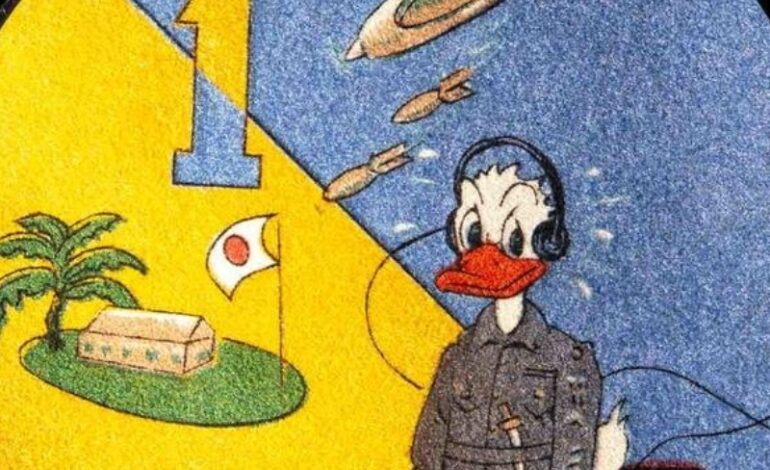Mythical Creature: Dragons
Introduction
Dragons are legendary creatures that have captured the imagination of people across cultures and centuries. These mythical beings are often depicted as large, powerful reptiles with magical or spiritual qualities. The concept of dragons varies significantly between Eastern and Western cultures, with each tradition attributing different characteristics and symbolism to these fascinating creatures.
Dragons in Western Culture
In Western culture, dragons are typically portrayed as winged, fire-breathing monsters with a fearsome appearance. These dragons often have horns, sharp claws, and a barbed tail. They are commonly associated with chaos and destruction, embodying the principle of evil. This perception is rooted in medieval European folklore, where dragons were seen as formidable adversaries to be slain by heroic knights. The story of Saint George and the Dragon is one of the most famous examples of this narrative.
The symbolism of dragons in Western culture is also influenced by Christian art and literature. In Christian tradition, dragons are often depicted as representations of sin and paganism, vanquished by saints and martyrs. This portrayal reinforces the idea of dragons as malevolent creatures that must be defeated to restore order and righteousness. Despite their fearsome reputation, dragons have also been used as warlike emblems, adorning shields and ship prows to inspire fear and awe in enemies1.
Dragons in Eastern Culture
In contrast, dragons in Eastern culture are generally viewed as benevolent and auspicious beings. In Chinese mythology, dragons are revered as symbols of power, strength, and good fortune. They are often depicted as serpentine creatures with long, slender bodies, four legs, and no wings. Chinese dragons are believed to have control over water, rainfall, and floods, and they are associated with the emperor and imperial authority.
The positive symbolism of dragons extends to other East Asian cultures as well. In Japanese and Korean mythology, dragons are similarly regarded as wise and benevolent beings. They are often depicted as protectors of humanity, capable of bestowing blessings and prosperity. The reverence for dragons in Eastern culture is evident in various cultural practices, such as dragon dances during festivals and the use of dragon motifs in art and architecture2.
Dragons in Mythology and Folklore
Dragons appear in the mythologies and folklore of many other cultures around the world. In ancient Mesopotamian mythology, the dragon-like creature Tiamat represents chaos and primordial creation. Similarly, in Norse mythology, the dragon Níðhöggr gnaws at the roots of the World Tree, Yggdrasil, symbolizing destruction and decay. These mythological dragons often embody the duality of creation and destruction, reflecting the complex nature of these legendary beings.
In addition to their mythological significance, dragons have also been featured in countless folktales and legends. From the fire-breathing dragons of European fairy tales to the water-dwelling dragons of Asian folklore, these creatures have captivated storytellers and audiences alike. The enduring popularity of dragons in literature and popular culture attests to their timeless appeal and the universal fascination with these mythical beings3.
Conclusion
Dragons are among the most iconic and enduring mythical creatures, with a rich and diverse presence in the folklore and mythology of cultures worldwide. Whether depicted as fearsome monsters or benevolent protectors, dragons continue to inspire awe and wonder. Their enduring legacy is a testament to the power of myth and the human imagination. For more detailed information on dragons, you can read this article from Britannica.
I hope you find this essay on dragons interesting! If there’s anything else you’d like to add or modify, just let me know. 😊







![Top 5 Most Powerful Mysterious Creatures Of All Time[Updated 2024]](https://newsdailybeats.com/wp-content/uploads/2024/06/mystery-creatures-1.jpg)
